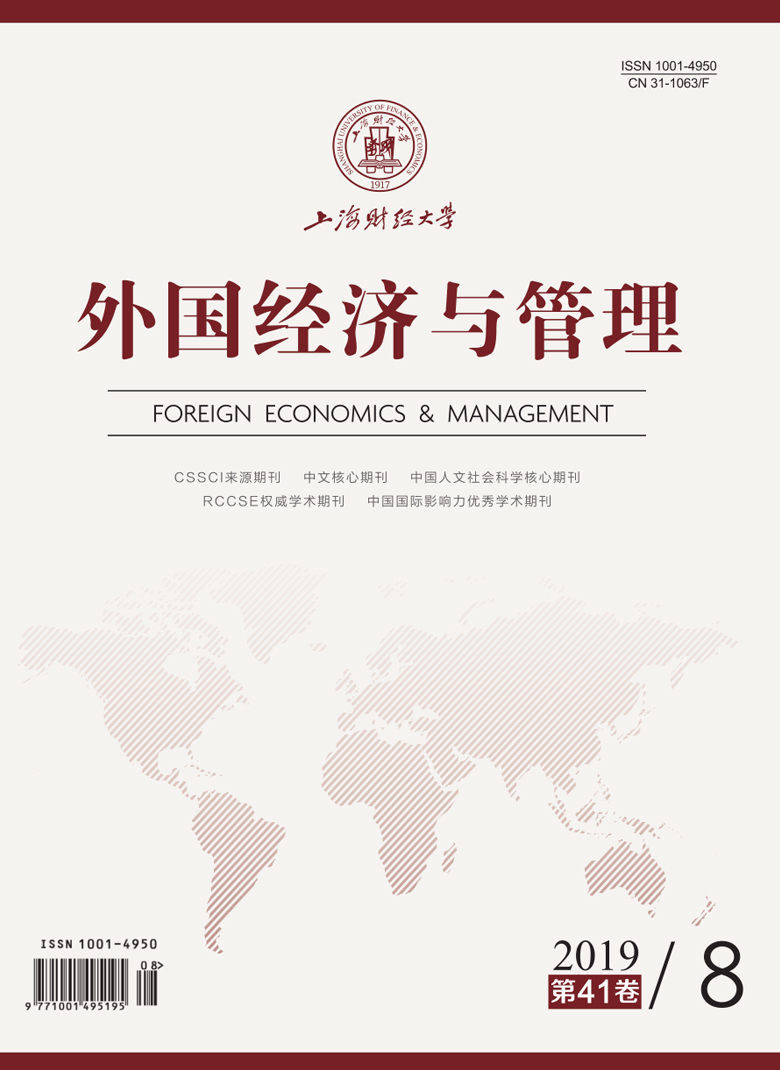Based on an in-depth analysis of relevant literature, we find that: (1) Early conclusions on the connotation and dimension of job burnout have been widely recognized by academic community. However, the disagreement on the definition of job burnout and work engagement has long been an issue that cannot be ignored. (2) As a concept describing physical and psychological characteristics of people, job burnout has an obvious difference in subject. That is, different occupational groups show great differences in the overall level and specific dimensions of burnout. Coupled with the influence of cultural differences, the measurement of job burnout is extremely complicated. Previous studies mainly focus on the application of scales, but pay insufficient attention to the systematic review of the measurement system of job burnout. (3) Despite many empirical researches to explore the antecedents of job burnout, as far as the overall literature is concerned, these studies are not conducive to revealing the formation mechanism of job burnout comprehensively because of the lack of systematic induction and summary.
In light of all these concerns, this paper proposes a systematic research framework of job burnout. Firstly, after expounding the connotation of job burnout, we pay special attention to the latest research progress on the debate of the relationship between job burnout and work engagement.
Secondly, this paper clarifies the development of the job burnout measurement system. Based on the first job burnout scale MBI, we comprehensively summarize the development of the job burnout measurement system from four aspects: the proposal of MBI, the " self-improvement” of MBI, MBI’s flaws and " find alternative paths”, and the localization of MBI.
Thirdly, this paper reveals the formation mechanism of job burnout from multiple perspectives. Based on the analysis of the latest literature at home and abroad, we find that early researches only analyze the single influence of internal and external environmental factors of organization and later turn to explore the influence of individual characteristics. We summarize these studies into four perspectives: the perspectives of JD-R model and role stress under the environmental level, and the perspectives of cognition and personality trait under the individual level.
Finally, the future research directions of job burnout are prospected. For example, discriminate the relationship between job burnout and work engagement from the perspective of causal relationship, try more scientific methods such as the implicit research to improve the measurement of job burnout, and strengthen the formation mechanism of job burnout from more perspectives, disciplines and situational factors.






 6118
6118  18263
18263

